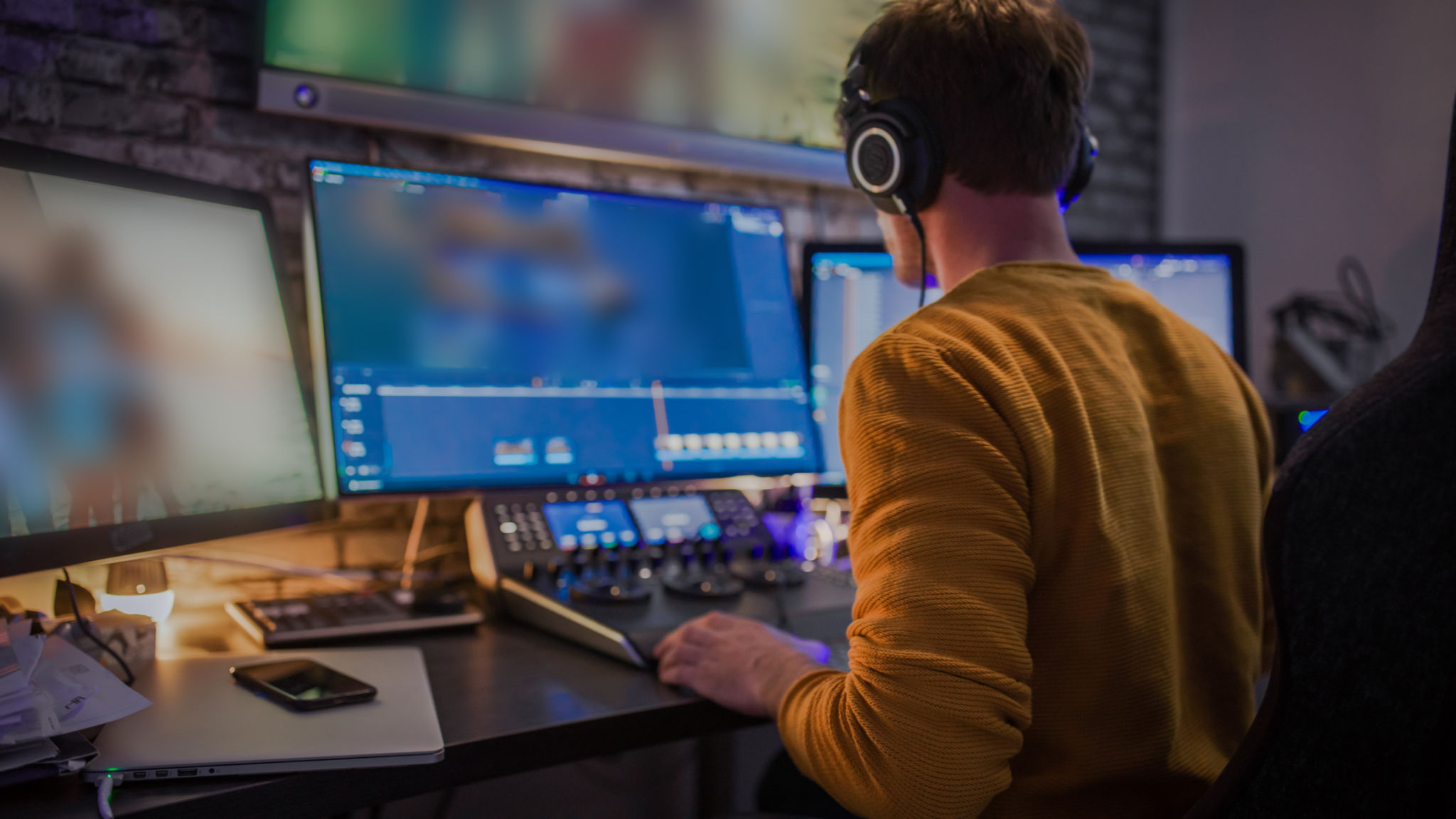The Art of Professional Video Editing: Transforming Raw Footage into Masterpieces
Introduction to Professional Video Editing
Video editing is an essential part of the filmmaking and content creation process. It is the craft of taking raw footage and transforming it into a compelling narrative that captivates audiences. In today's digital age, the demand for high-quality video content is higher than ever, making professional video editing a crucial skill for filmmakers, marketers, and content creators alike.
Editing is not just about cutting and splicing clips together. It involves a deep understanding of storytelling, pacing, and visual aesthetics to create a cohesive and engaging final product. The art of professional video editing can turn ordinary footage into a masterpiece that leaves a lasting impression.

The Technical Aspects of Video Editing
Mastering the technical aspects of video editing is fundamental to achieving a polished final product. This includes understanding the software tools available, such as Adobe Premiere Pro, Final Cut Pro, and DaVinci Resolve. Each software offers unique features and capabilities, allowing editors to manipulate footage with precision.
Key technical skills include video trimming, color correction, audio balancing, and special effects integration. These elements work together to create a seamless viewing experience. For instance, color correction can dramatically alter the mood of a scene, while precise audio balancing ensures that dialogue and music complement rather than compete with each other.

Importance of Storytelling in Video Editing
At the heart of every great video is a strong narrative. The editor's role is to ensure that this story is conveyed clearly and effectively. This involves choosing which shots best represent the narrative arc and deciding where to place these shots to maintain viewer engagement.
Understanding timing and pacing is crucial in storytelling. An editor must know when to linger on a shot for emotional impact or when to cut quickly to build tension. The rhythm of the edit can significantly affect how a story is perceived by the audience.
Creative Techniques in Video Editing
Video editing also involves a great deal of creativity. Editors often experiment with different techniques to add unique flair to their projects. Techniques such as jump cuts, montages, and split screens can add dynamism and interest to a video.
- Jump Cuts: These are used to create a jarring transition that can add excitement or depict the passage of time.
- Montages: A series of short clips that show a progression or sequence of events.
- Split Screens: Displaying multiple shots simultaneously to show different perspectives or actions occurring at the same time.

The Role of Sound in Video Editing
Sound is an often overlooked but vital component of video editing. Good audio can elevate a video from good to great. This includes background music, sound effects, and dialogue clarity. The right soundtrack can enhance the emotional impact of a scene, while sound effects can add depth and realism.
Editors need to be mindful of audio levels and synchronization with visuals to ensure that the sound complements the action on screen rather than distracting from it.
The Future of Video Editing
The field of video editing continues to evolve with advancements in technology. Artificial intelligence and machine learning are beginning to play roles in automating certain aspects of editing, such as scene detection and basic cuts. However, the human touch remains irreplaceable when it comes to creativity and storytelling.
As virtual reality and augmented reality become more prevalent, editors will adapt by learning new skills to create immersive experiences. Staying current with these technological changes will be essential for any professional video editor looking to remain competitive in the industry.

Conclusion
The art of professional video editing is a blend of technical expertise, creativity, and storytelling prowess. Transforming raw footage into a masterpiece requires more than just cutting clips; it demands an understanding of narrative flow, pacing, and emotional engagement.
As technology continues to advance, the possibilities for innovation in video editing are limitless. By mastering both the art and science of this craft, editors can create powerful visual stories that resonate with audiences worldwide.
